With record numbers of apprenticeships, and continued strong employment of architecture and design graduates, our workforce has never been younger and, consequently, less experienced.
It’s easy to understand why, with well documented labour shortages, and pandemic chaos affecting the movement of workers, all coming at a time of record levels of residential and commercial projects.
With this trend in mind, how should we best support the fresh faces joining our great industry?
Today’s architectural graduates, engineers, and apprentices are joining the industry at a time when building performance levels are rising, construction methods are increasingly complex, and amid a growing focus on sustainability and a drive for efficiency.
If we don’t support a younger, less experienced workforce, do we risk reducing the efficiency and quality of our built environment?
‘The only source of knowledge is experience’… a wise man once said, so this data released recently by the New Zealand Infrastructure Commission caught our attention:
24% of New Zealand construction workers have less than one year’s experience and a further 20% have between one and two years experience. So, 44% of construction workers have less than two years experience on-site.
And our own 2022 research of architects and designers found that 25% have five years or less industry experience.
So how do we best nurture the potential of this generation who will lead our industry in the future?
As the end of the year fast approaches and we catch our breath, let’s take the opportunity to bring attention to the young talent in the industry, and consider how we as a wider industry support their professional development.
Here are some ideas for product suppliers:
How does an architectural graduate who has rarely been to site truly evaluate the benefits of your product?
How can you improve their understanding of the detailing and construction of your solutions?
How does an apprentice builder truly understand how to install? — APL has recently published some interactive 3D models that help to achieve this.
Our younger workforce learn and consume information in different ways, so we need to make sure we share information in formats that work for them.
Last year Guy Marriage published Medium, exploring design methodology and delivering a cohesive approach to designing effective townhouses and low-rise apartments. Within Medium, Guy laid out ranges of industry solutions in a standardised format with consistent detailing and a Technical Data Card, summarising the key performance from each solution. The hardcopy book also included QR codes enabling readers to quickly and easily find more information online, and has been made available in a digital format for those who prefer to read from their screens.
NFL coaches in the US have had tremendous success using short video clips, rather than white board sessions to teach plays to young players. Player engagement has increased and play execution rates have gone through the roof.
Why do we rely on written instructions to train our young apprentices? How about a QR code on packaging which launches a video formatted for phones to provide an overview of installation?
Here are some ideas for architects:
How does your detailing support the less experienced builders and installers on site?
All work needs an LBP involved, however with 46% of building companies formed in the last 10 years, and with recent changes in thermal performance, fire performance, and a dramatic increase in higher-density housing, it would be a sensible investment for our industry to ensure a more accessible level of detail is available.
This is taking nothing away from the vast collective experience across the building and architectural industry, however, investing in our youngest and brightest surely will pay huge dividends going forward.
So do you see any areas where information could be improved? Is it in the design guide or installation guide of a well-used product? Or the detailing provided by a designer?
Why not take a few moments and provide some constructive feedback. Collectively these small incremental changes can drive accuracy and ensure efficient and quality building, with fewer issues and comebacks.
In summary, we need to ensure that as an industry we support our younger colleagues and mustn’t be afraid to provide feedback to ensure that product expertise flows helpfully to designers and onto builders and installers to ensure the very best outcomes for end clients.













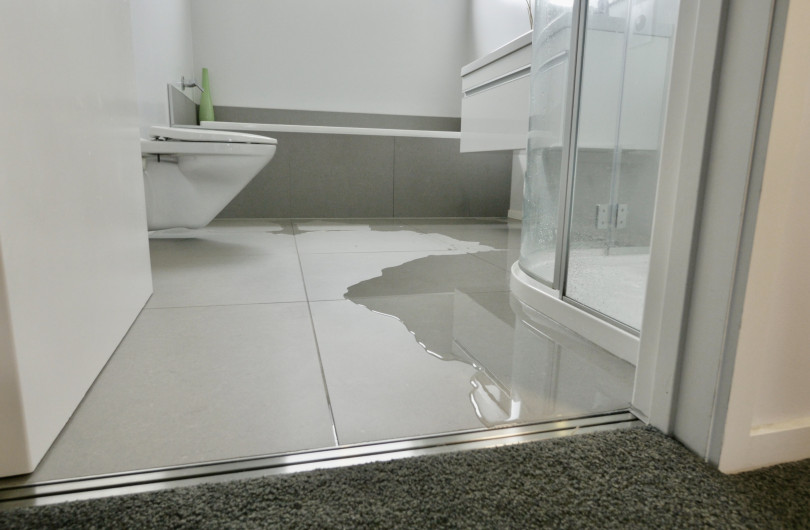
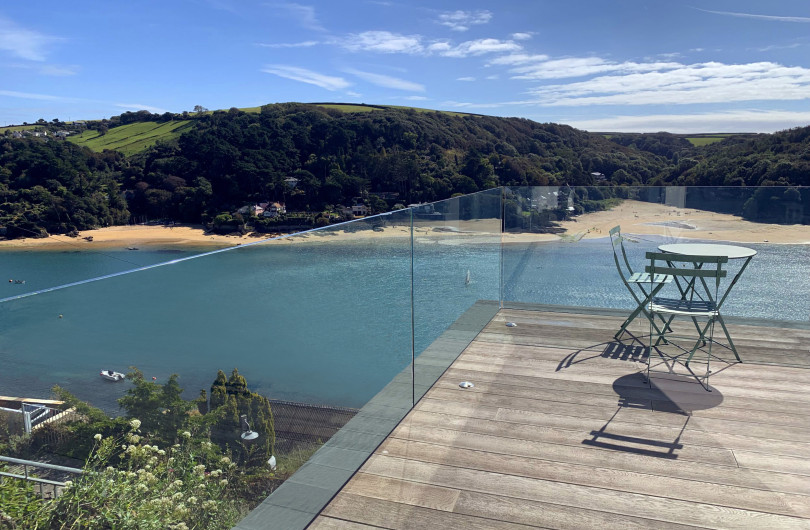
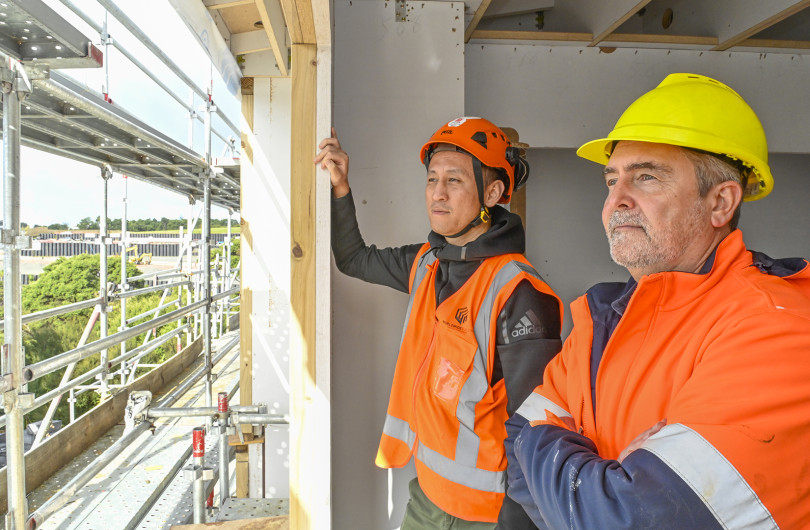
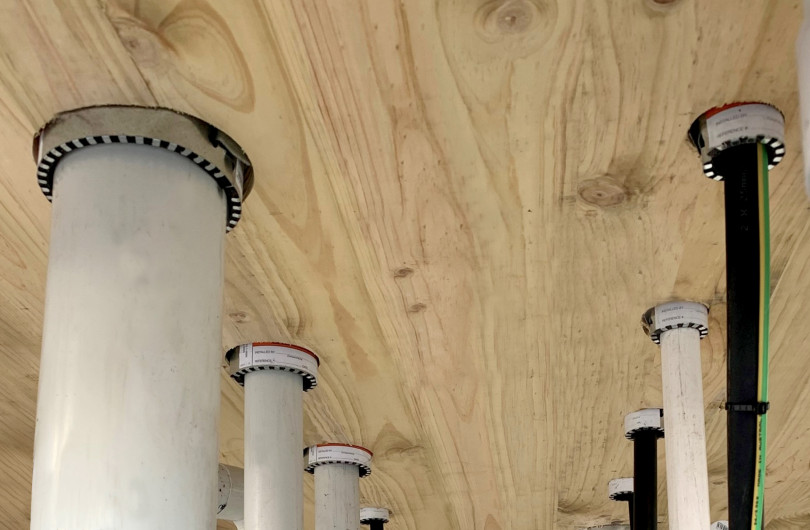

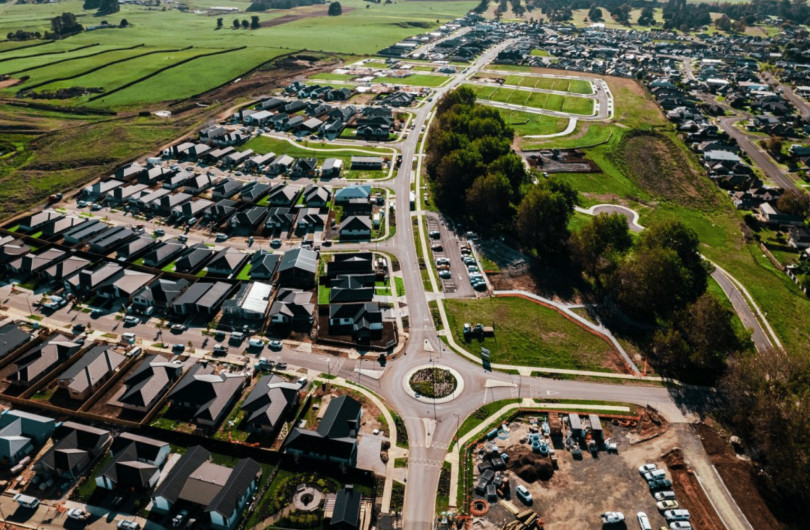

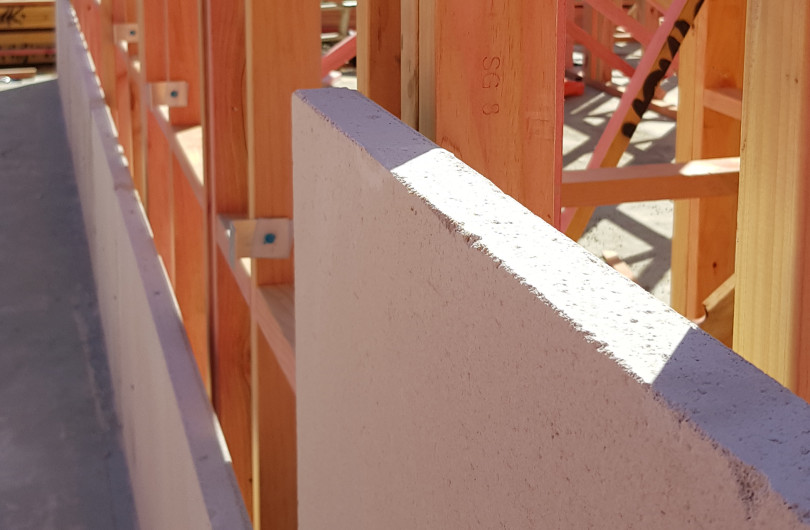








 Most Popular
Most Popular Popular Products
Popular Products



